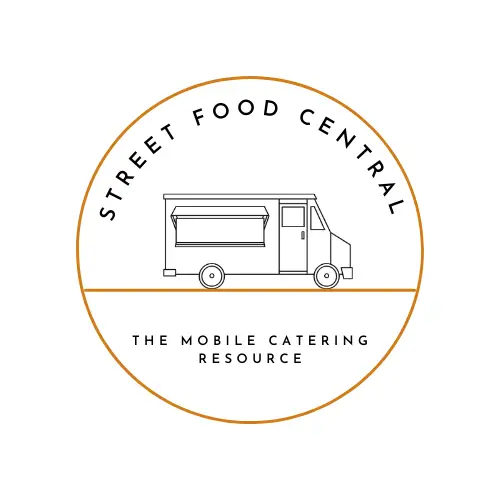
Food trucks have established themselves as a popular and successful business model in recent years, especially in urban areas. The allure of mobile and convenient food options, coupled with the opportunity for creative and diverse cuisine, has made food trucks a favorite among consumers. In an article entitled 15+ Food Truck Statistics for 2023, business growth in the food truck industry averaged almost 10% within five years, with about 63% of people being regular food truck customers. However, this success has also brought about intense competition, making it a challenging industry to thrive in. As such, below are some ways to improve revenue for your food truck business.
Automating contract renewals
Although mostly a perk, a food truck’s mobility can pose challenges. This includes staying updated with various legal documents that permit them to operate in certain spaces. With the amount of paperwork and frequency with which they need to be renewed, it is easy to lose track, especially with everything that needs managing in the business. Along the same vein, contract renewal processes with critical vendors can be challenging on their own without a permanent address and may cost a lot when not accomplished diligently.
As such, automating these processes can do wonders for a food truck business. Several features of the contract renewal management software from Softrax can be especially beneficial for food truck owners. These include the customization of contract renewals by date or location, robust reporting that allows a detailed look at the lifecycle of each contract, and quick access to all data needed for renewal, among others. Additionally, this automation requires little to no manpower to maintain, thereby reducing the risk of human errors and allowing labor to be dedicated to other aspects of a busy food truck business, ultimately saving on expenses and improving revenue.
Offering cashless payment methods
In today’s fast-paced digital world, many consumers prefer to make purchases using their smartphones or debit cards rather than cash. By offering cashless payment options, food truck businesses can attract customers who may otherwise have passed them by if they only accepted cash. This, in turn, leads to increased accessibility and potential sales, ultimately improving revenue for the business.
Furthermore, cashless payments offer unparalleled convenience—a vital aspect for food trucks operating without traditional sit-down areas. Customers can simply tap their cards or use mobile payment applications to complete their transactions. This eliminates the need for cash handling, change distribution, and waiting time, allowing food trucks to serve more customers in a shorter period. In the long run, this enhances customer experience and can lead to increased loyalty and repeat business, as people will be more inclined to return to a food truck offering convenient payment options.
Improving social media presence
Unlike traditional brick-and-mortar restaurants, food trucks have the unique feature of being mobile and able to cater to different locations and events. However, this mobility comes with a unique challenge, as food truck owners must put in extra effort to market their businesses. Social media has become an essential tool to reach and engage with potential customers. Our post How To Promote Your Food Truck On Facebook discusses ways in which the platform can be utilized—from guerrilla tactics to paid advertisements. That said, with the fast-paced nature of the Internet, it is important to leverage presence by streamlining the management of multiple platforms. With the use of tools like Hootsuite or Buffer, food trucks can coordinate posts across various platforms and ensure that content is consistently and efficiently shared with their audience.
In addition, automation tools can help food truck businesses analyze and track the performance of their content. Social media management tool Sprout Social or web analytics service Google Analytics can provide businesses with valuable insights such as which posts are generating the most engagement and which platforms are driving the most traffic. This data can inform businesses on how to refine their social media strategies to better resonate with their target audience, ultimately leading to improved revenue.
